ASX dives after sending staff home after coronavirus case emerges
The Reserve Bank of Australia is set to cut the official interest rate to the lowest level it can as soon as Thursday as Australia’s share market suffers its worst day in history.
News
Don't miss out on the headlines from News. Followed categories will be added to My News.
The Reserve Bank of Australia is set to cut the official interest rate to the lowest level it can as soon as Thursday.
The RBA had been tipped to reduce its benchmark rate next month, but economists now anticipate a drop to 0.25 per cent, from the current 0.5 per cent, will be brought forward.
“We expect the RBA to cut the cash rate by 25 basis points this Thursday, taking the cash rate to a new record low of 0.25 per cent, which is also the effective lower bound,” St George chief economist Besa Deda said.
The central bank will also introduce “quantitative easing”, Ms Deda said, where it buys government bonds.
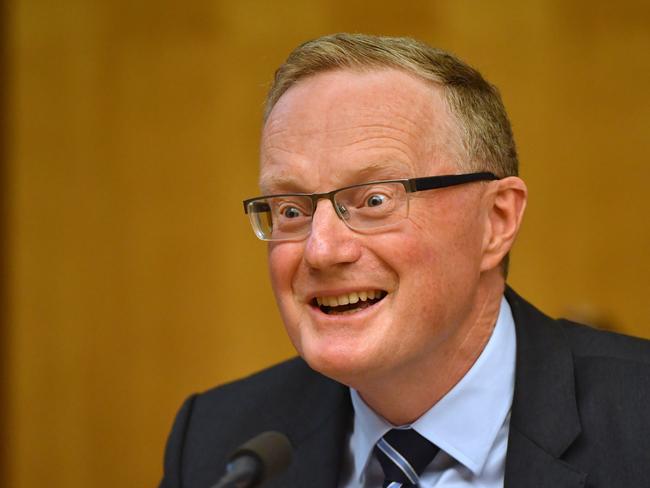
By increasing demand for bonds, the interest payable on them falls, thereby further lowering the cost of money.
In a statement earlier today, RBA Governor Philip Lowe signalled bond-buying was on the cards.
He also said “the Bank will announce further policy measures to support the Australian economy on Thursday.”
The news comes as Australia’s share market closes 537 points lower after a shocking day.
The ASX200 closed down 9.7 per cent after another day of volatility sparked by the coronavirus pandemic.
Earlier, Australia’s volatile share market plunged almost seven per cent after sentiment for equities suddenly soured in the US following rate cuts from the Federal Reserve and other central banks.
Futures had been pointing to a one per cent rise on Monday but the benchmark S&P/ASX200 dropped 373 points, or 6.74 per cent, to 5,166 at 10.15am AEDT on Monday.
The broader All Ordinaries index sank 368.5 points, or 6.59 per cent, to 5,222.2 after the US futures markets opened lower following Federal Reserve and other central bank rate cuts.
Industrials shed almost 10 per cent, while the energy and consumer discretionary indices dived more than eight per cent after 15 minutes of trading. Analysts are expecting the Reserve Bank of Australia to step in early with an emergency rate cut.
The next board meeting is three weeks away but global economies, including Australia’s, continue to deteriorate.
“There seems little point in waiting three weeks to deliver further support to the Australian economy on the interest rate front,” NAB’s economy watch note says on Monday.
The Aussie dollar was buying 61.44 US cents, down from 62.98 US cents as the market closed on Friday.
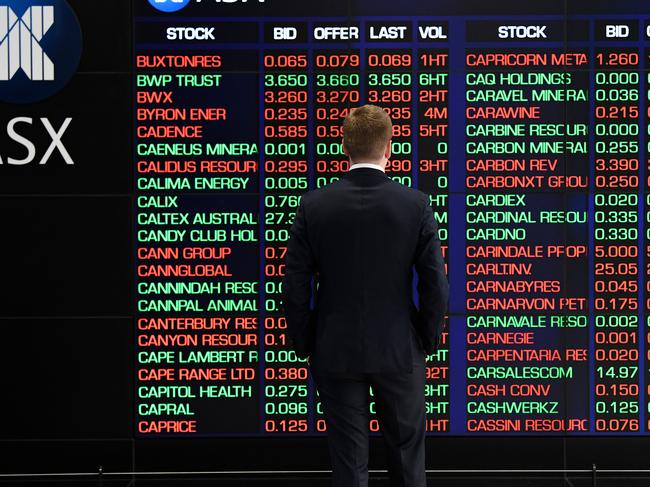
Wall Street did not seem reassured by the Federal Reserve’s dramatic actions Sunday to contain the economic damage from the new coronavirus pandemic, falling sharply in trading ahead of Monday’s official open.
The Dow Jones Industrial Average “mini” index lost 1,000 points or 4.5 per cent in futures trading.
The broad based S&P 500 mini index and tech-dominated NSADAQ each dropped more than 4.5 per cent.
“The coronavirus outbreak has harmed communities and disrupted economic activity in many countries, including the United States,” the central bank said. “The Federal Reserve is prepared to use its full range of tools to support the flow of credit to households and businesses.”
President Donald Trump congratulated the Federal Reserve for its slashing rates to nearly zero.
“It makes me very happy,” he said.
The central bank cut its key interest rate by a full percentage point, returning it to a range of 0 to 0.25 per cent.
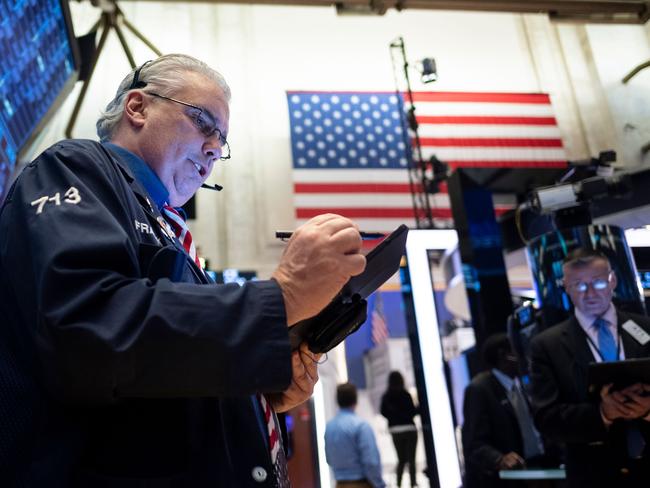
“The committee will continue to closely monitor market conditions and is prepared to adjust its plans as appropriate,” it said.
Meanwhile, the ASX says it will operate as normal today despite telling all staff to work from home after an employee tested positive for COVID-19.
The SPI200 futures contract was up 61 points, or 1.09 per cent, at 5655 at suggesting Australia’s volatile market could surge one per cent.
Australian shares staged a dramatic recovery on Friday to finish 4.4 per cent higher.
Since then US markets jumped nine per cent on a national emergency plan to combat Covid-19, CommSec chief economist Craig James says.
CommSec chief economist Craig James says investors would react more positively if the
It was reported in The Australian that as many as 20 ASX employees came into contact with the infected worker, who is said to be “in good spirits” and does not need to be in hospital.
Those employees are also understood to be self-isolating.
“This latest development will not disrupt ASX’s normal operations,” ASX said in a statement.
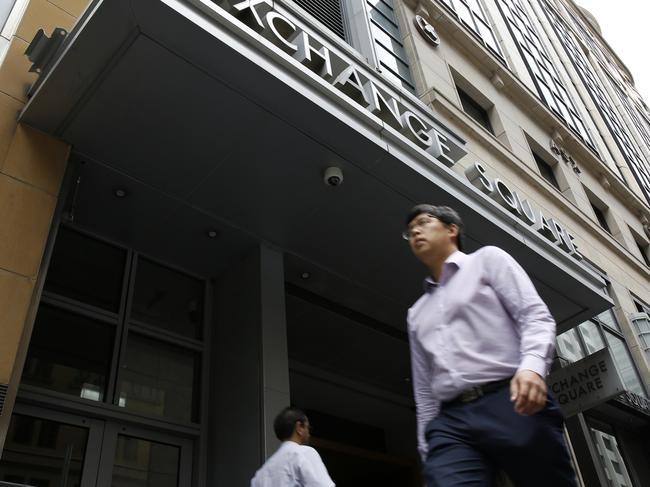
“The health and safety of ASX employees is our top priority. We are taking a range of actions to manage the impact of COVID-19 on our people and on the markets we operate.
“The employee has mild symptoms, is in good spirits and is not required to be hospitalised.”
The ASX said a “deep clean” was carried out over the weekend of its Sydney premises.
The exchange has carried out its technology and operations from multiple sites for several years to make sure it would be able to continue to function in the event of a crisis.
The news comes as markets around the world have fluctuated wildly as fears have risen that the coronavirus will interrupt supply chains.
Massive falls have been followed by record gains, creating huge uncertainty for investors.
On Friday shares recorded their single biggest one day gain on the ASX.
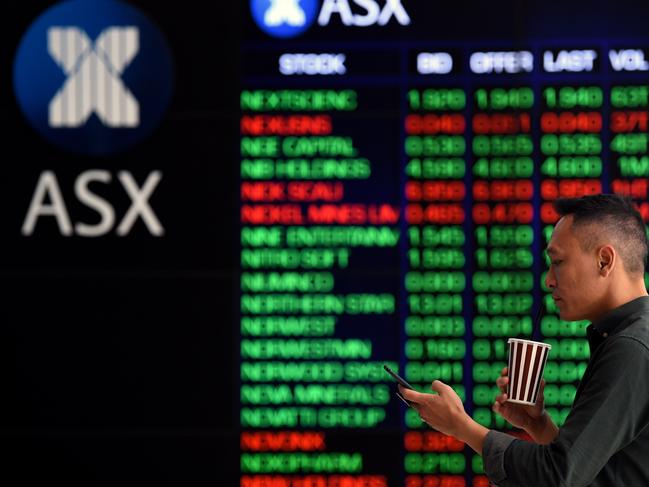
“We’ve asked our employees across our various sites – Bridge Street, the Australian Liquidity Centre, secondary data centre, and interstate and overseas offices – to work remotely until further notice,” the ASX said.
“The only exceptions are a core group of employees, identified as part of our business continuity plan, who will remain on ASX sites to manage ongoing market functions, mainly in technology, operations and surveillance areas.
“Our employees have the capacity to work remotely, which is a normal and regular part of ASX’s business continuity plans and testing activity”.


